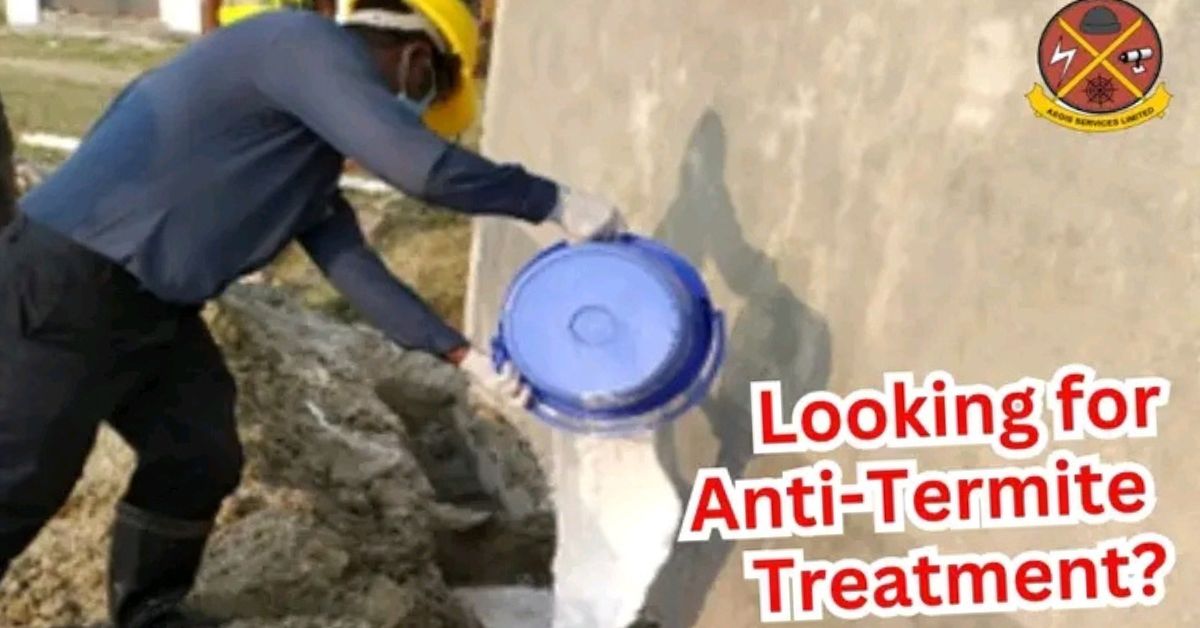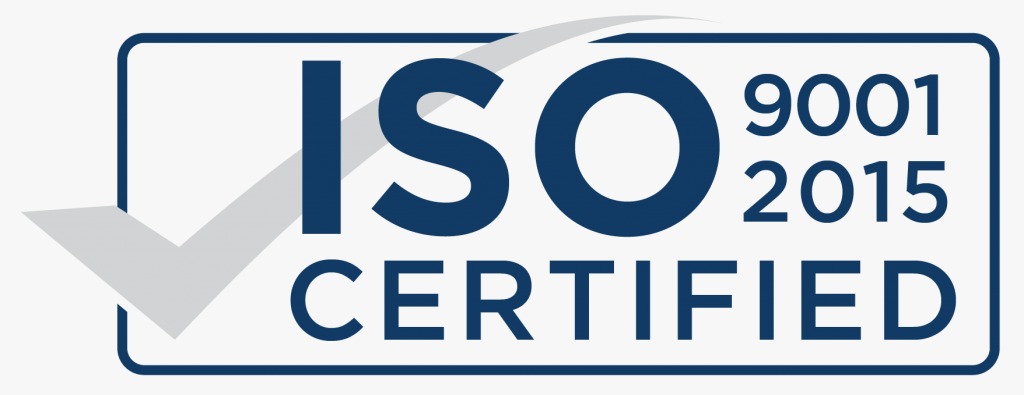Unwanted pests infiltrating our homes and offices can be a nightmare. From pesky insects and rodents to stubborn bed bugs, these uninvited guests can wreak havoc on our daily lives. That’s where reliable pest control services provide the expertise and solutions needed to rid our living and working spaces of these nuisance creatures.
This article will explore the diverse challenges pest control services face in homes and offices and how they overcome them. From identifying the root cause of infestations to implementing effective and environmentally friendly pest management strategies, these professionals play a vital role in creating safe and hygienic environments for us to live and work in.
We will delve into the latest trends and innovations in the pest control industry, including technology and non-toxic treatments that prioritize the health and well-being of humans and the environment. With the global increase in pest infestations, staying informed about the best practices and solutions available to combat these common challenges has become crucial.
Join us as we uncover the world of pest control services and discover how they tackle the daunting task of eliminating these uninvited guests from our homes and offices.
Pest control service importance
Pest control services play a crucial role in maintaining the safety and well-being of our homes and offices. These professionals have the knowledge and tools to identify, eliminate, and prevent pest infestations. Addressing pest issues immediately through actions to residents helps protect our health, property, and the environment.
Pests can pose significant health risks, carrying diseases and causing allergies. Additionally, they can cause damage to structures, furniture, and belongings. Pest control services offer comprehensive solutions to mitigate these risks, ensuring a pest-free environment for everyone.
Moreover, effective pest control contributes to the overall cleanliness and hygiene of homes and offices. It helps maintain a positive reputation for businesses and ensures a comfortable living space for residents. By investing in professional pest control services, individuals and organizations can enjoy peace of mind knowing that their rooms are protected from the harmful effects of pests.
Common pests found in homes and offices
Pests come in various shapes and sizes, infesting our homes and offices differently. Understanding the most common problems helps pest control services address infestations more effectively.
- Insects: Ants, cockroaches, and mosquitoes are common in residential and commercial spaces. These pests are annoying, transmit diseases, and cause property damage.
- Rodents: Rats and mice are notorious for their ability to infiltrate buildings, gnaw through wires and insulation, and contaminate food supplies. Their presence can be a severe health hazard and can lead to structural damage.
- Bed Bugs: Bed bugs have seen a resurgence in recent years, infesting homes, hotels, and offices. These tiny parasites feed on human blood and can cause severe itching and discomfort. Eradicating them requires specialized knowledge and treatment methods.
- Termites: Termites are silent destroyers, causing extensive damage to wooden structures. They thrive in warm and humid environments and can go unnoticed for long periods, making early detection crucial for adequate control.
By understanding the behavior and habits of these common pests, pest control services can tailor their strategies and treatments to eliminate and prevent infestations effectively.
Challenges faced by pest control services
Pest control services face various challenges when dealing with infestations in homes and offices. These challenges require expertise, experience, and innovative approaches to overcome effectively.
- Identifying the Root Cause: Identifying the root cause of a pest infestation is essential for adequate control. Pest control services need to conduct thorough inspections to determine the source of the problem, whether it’s poor sanitation, structural issues, or external factors.
- Adapting to Pest Behavior: Pests are resilient and quickly adapt to environmental changes. Pest control services must stay updated on the latest research and techniques to combat pests resistant to traditional treatments effectively.
- Environmental Concerns: With increasing awareness about the impact of pesticides on the environment, pest control services are under pressure to adopt eco-friendly practices. Finding the balance between effective pest control and minimizing environmental harm is an ongoing challenge.
- Client Education: Educating clients about preventive measures and maintaining a clean and hygienic environment is crucial for long-term pest control. Pest control services must communicate the steps clients can take to minimize the risk of future infestations.
Understanding the Biology and Behavior of Pests
To effectively control pests, pest control services must deeply understand their biology and behavior. This knowledge allows them to develop targeted strategies that disrupt the pests’ life cycle and prevent future infestations.
For example, understanding pests’ breeding habits and feeding preferences helps pest control services identify and eliminate their nesting sites. By disrupting their reproduction and food sources, pest populations can be significantly reduced.
Additionally, knowledge of pest behavior enables pest control professionals to implement preventive measures tailored to specific pests. Sealing entry points and installing barriers can effectively prevent rodents from entering buildings. By leveraging their expertise in pest behavior, pest control services can create customized solutions that maximize effectiveness.
Preventive measures for pest control
Prevention is vital when it comes to pest control. By implementing simple yet effective preventive measures, homeowners and businesses can reduce the risk of infestations and minimize the need for extensive pest control treatments.
- Maintain Cleanliness: Regularly cleaning and maintaining a clean environment is crucial in preventing pest infestations. Proper waste management, regular vacuuming, and prompt removal of food debris discourage pests from finding a suitable habitat.
- Seal Entry Points: Pests can enter homes and offices through small cracks and gaps. Sealing these entry points with caulk or weatherstripping helps prevent pests from infiltrating the premises.
- Proper Food Storage: Storing food securely in airtight containers prevents pests, especially insects and rodents, from accessing and contaminating food sources.
- Landscaping and Outdoor Maintenance: Well-maintained landscapes and regular upkeep of outdoor areas discourage pests from nesting and breeding near buildings. Trimming shrubs, removing standing water, and keeping vegetation away from structures can significantly reduce the risk of infestations.
By implementing these preventive measures, individuals and businesses can reduce their reliance on pest control services and create a less attractive environment for pests.
Effective pest control methods and treatments
Regarding pest control services, employ various practical methods and treatments to eliminate pests. These methods target specific problems while ensuring the safety of occupants and the environment.
- Insecticides: Insecticides are commonly used to control many pests, including ants, cockroaches, and mosquitoes. Pest control services utilize safe insecticides for humans and pets while eliminating problems.
- Rodenticides: Rodenticides are used to control rodent populations. Pest control professionals strategically place rodenticides to ensure they are accessible to rodents while minimizing the risk of exposure to non-target animals.
- Heat Treatment: Heat treatment is an effective method for eliminating bed bugs. Pest control services can eradicate infestations without using chemicals by raising the temperature in infested areas to a level lethal to bed bugs.
- Biological Control: Biological control involves using natural enemies, such as predators and parasites, to control pest populations. This method is often used in outdoor settings and helps maintain ecological balance.
Pest control services assess the severity of the infestation and choose the most appropriate method or combination of techniques to eliminate pests while minimizing the environmental impact effectively.
Eco-friendly options for pest control
With growing concerns about the impact of pesticides on the environment and human health, pest control services are increasingly adopting eco-friendly options. These methods prioritize using non-toxic treatments and sustainable practices, ensuring the long-term health and well-being of humans and the environment.
- Integrated Pest Management (IPM): IPM is an approach that focuses on long-term pest prevention and control while minimizing the use of chemicals. It involves a combination of strategies such as monitoring, habitat modification, and targeted treatments to manage pests effectively.
- Biological Pest Control: Biological pest control involves using natural enemies, such as beneficial insects and nematodes, to control pest populations. This method reduces the reliance on chemical pesticides and promotes a more sustainable approach to pest control.
- Physical Barriers: Physical barriers such as screens, nets, and mesh can prevent pests from entering buildings or specific areas. This method provides a non-toxic and environmentally friendly solution for pest control.
- Traps and Lures: Traps and lures effectively monitor and capture pests without harmful chemicals. They can be used as part of an integrated approach to pest control or as standalone measures for specific problems.
Individuals and businesses can contribute to environmental conservation by opting for eco-friendly options while effectively managing pest infestations.
Hiring professional pest control services
While DIY approaches to pest control may seem tempting, hiring professional pest control services is often the most effective and efficient way to address infestations. Pest control professionals have the expertise, equipment, and access to specialized treatments that ensure the complete eradication of pests.
When hiring professional pest control services, it is essential to consider the following:
- Experience and Expertise: Choose a pest control service with a proven track record and experienced technicians. Look for certifications and licenses that demonstrate their expertise in the field.
- Safety Measures: Ensure that the pest control service prioritizes the safety of occupants, including children and pets. Inquire about the products used and any precautions to take during and after the treatment.
- Guarantee and Follow-up: A reputable pest control service will guarantee their services and provide follow-up visits to ensure the effectiveness of the treatment.
- Reviews and Recommendations: Read reviews and seek recommendations from friends, family, or neighbors who have previously used pest control services. Their experiences can help you make an informed decision.
By hiring professional pest control services, individuals and businesses can benefit from the expertise and comprehensive solutions trained professionals offer, ensuring a pest-free environment.
DIY pest control tips
While professional pest control services are recommended for severe infestations, there are specific DIY measures individuals can take to prevent and control minor pest problems. These tips can be helpful in conjunction with professional services or for managing small-scale infestations.
- Regular Cleaning and Maintenance: Regularly clean and declutter your home or office to eliminate potential hiding spots for pests. Vacuum frequently and dispose of waste properly.
- Seal Entry Points: Inspect your property for cracks, gaps, and other entry points that pests can use. Seal these openings to prevent problems from entering.
- Use Natural Repellents: Some pests can be deterred by natural repellents such as peppermint oil, vinegar, or citrus-based sprays. Use these repellents strategically to discourage pests from entering.
- Monitor and Take Prompt Action: Regularly inspect your property for signs of pest activity, such as droppings, chewed wires, or holes. If you notice any symptoms, take prompt action to prevent the infestation from worsening.
While DIY measures can be effective in certain situations, it is essential to recognize the limitations and seek professional assistance for severe or persistent infestations.
Conclusion:
Maintaining a pest-free environment
Uninvited pests can disrupt our lives and pose significant risks to our health and property. However, with the help of professional pest control services and proactive preventive measures, we can create and maintain pest-free environments in our homes and offices.
By understanding the challenges pest control services that pest exterminators face, the biology and behavior of pests, and the available methods and treatments, we can make informed decisions to combat infestations effectively. Additionally, embracing eco-friendly options and hiring professional pest control services when necessary ensures that our pest control efforts are sustainable and prioritize the well-being of both humans and the environment.
Let’s take a proactive approach to eliminating these uninvited guests and creating safe, hygienic, and pest-free spaces where we can enjoy and thrive.






Leave A Comment